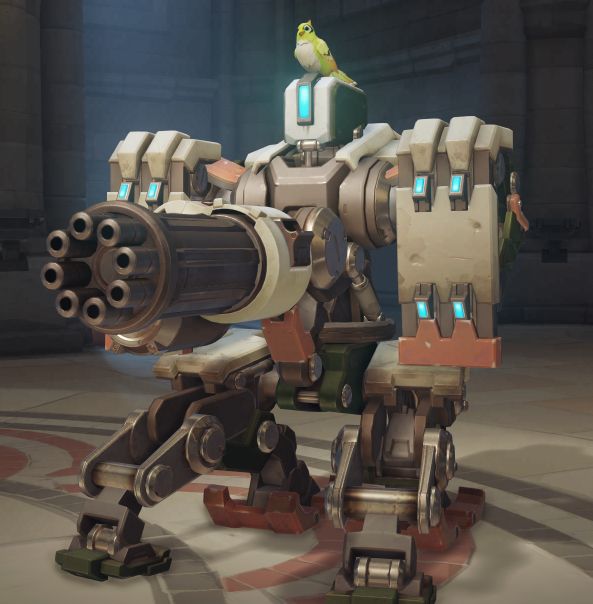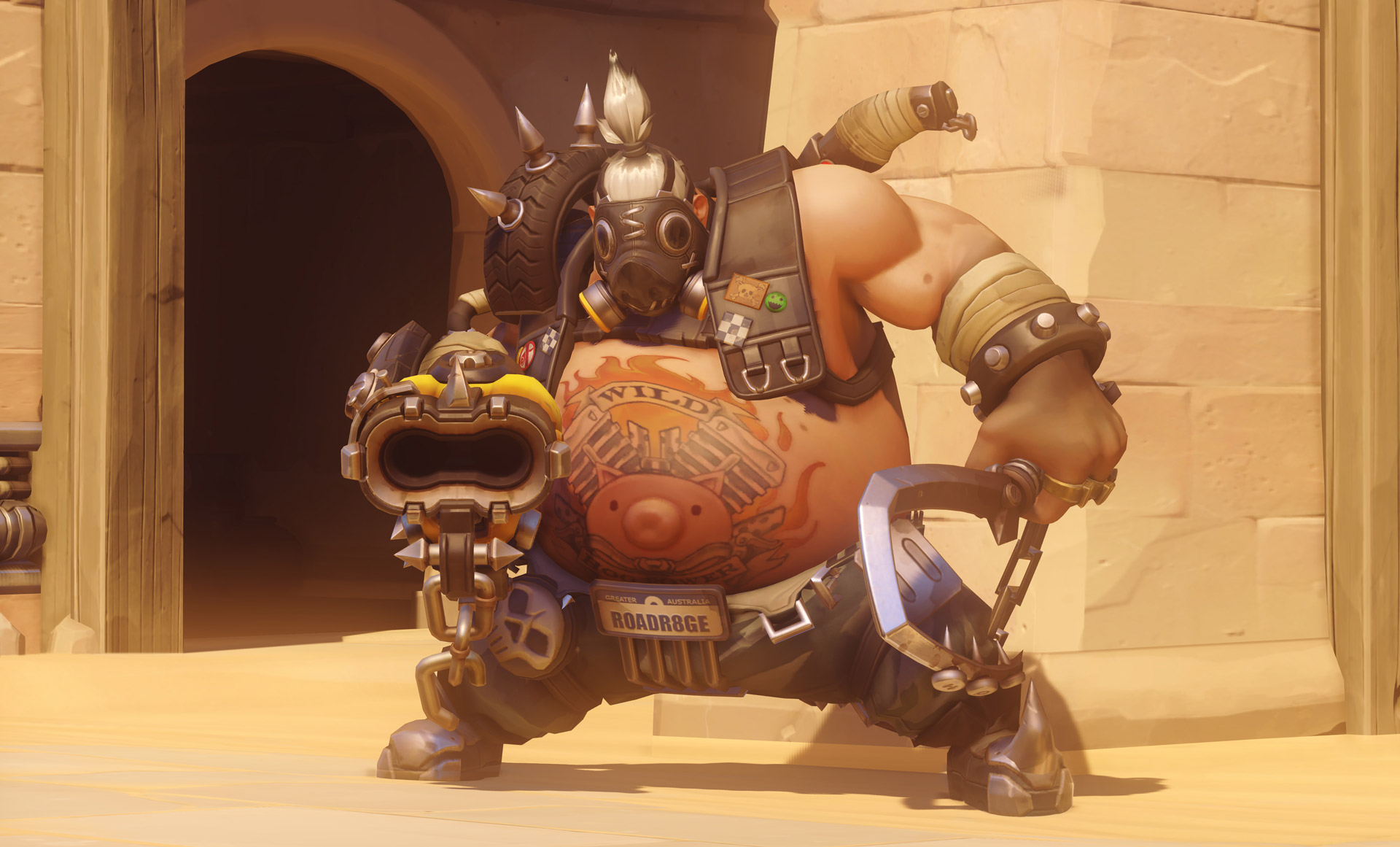How is Overwatch Unbalanced?
Put simply, the thing that puts Overwatch in a state of never ending unbalance is the fact that the range of mechanics for each character are so wide and varied. For instance, some characters like Reaper can teleport across the map, and deal massive amounts of damage up close, while characters like Orisa can shoot enemies from much longer ranges, all wide almost consistently being able to keep a shield up to protect her teammates and herself.
Due to this diversity in movement, attack, and defense mechanics, some characters will naturally balance and counter one another. For instance. Junkrat, a hero capable of dealing massive amounts of damage in a short amount of time is a counter for a hero like Reinhardt, a character who is large, slow, and uses his giant shield to protect his team. When put up against one another, Junkrat will most likely have the advantage, due to the fact that he is smaller and harder to hit, has a far greater range compared to Rein's hammer, and can destroy Rein's shield in a matter of seconds.
However, like most characters in the game, Junkrat has a counter as well, the most notable of which is a sky flying, rocket shooting warrior by the name of Pharah. Due to her ability to almost constantly state airborne, she nearly always has the advantage over Junkrat, as his projectile bombs often don't have enough range to hit her so high up, assuming an accurate shot could be made at her anyways. Pairings like this exist in Overwatch, though characters do not always have a specific hero to counter them and thus create a greater balance in the game.

Characters such as Tracer, a hero with the ability to move at extreme speeds across the map, is a character that does not have one specific counter. Sure, she can be stunned or stopped from time to time by certain heroes's abilities, such as Mcree's flashbang or Junkrat's trap, but more often than not she is able to easily maneuver around these obstacles. Another character that crucially lacks balance is Bastion, a robot capable of deploying himself into a powerful turret that deals massive amounts of damage very quickly. While this ability leaves Bastion immobile, given the right positioning, it can often be nearly impossible to kill him, especially given the fact that he can heal himself whenever he takes damage. Features have been implemented in order to reduce his power, though most would argue that they have been generally ineffective.
Should we fix it?
What's interesting about Overwatch is that while so many people will be quick to complain that the game is unbalanced and unfair, rarely is any real solution proposed to fix the heroes. This, I believe, is due to two major reasons.
This is perfectly true for whenever a hero is debuffed as well, such as the infamous time when Roadhog's hook no longer resulted in an instant kill almost every time for lower health characters. Due to this, a huge amount of players begin to avoid Roadhog, and shifted over to dabble in the play styles of other available tanks. Interesting enough, this led to the increased use in the newest hero was the time, Orisa.
The first reason is that it's just really difficult to balance such a complex game. Every character is supposed to be fun to play, give the player a sense of purpose and the opportunity to master the mechanics assuming enough time is put forward. Keeping this in mind, and in order to keep the core mechanics of most of the characters in tact, some abilities will be more naturally overpowering than others, with the possibility to go completely un-countered by any other hero just for the sake of preserving itself.
The second reason, which may just be a fortunate byproduct of the difficulty to balance the game, is the fact that the game goes through intentional cycles of unbalance, which then in turn begins to promote different play styles and the use of different heroes. For instance, Overwatch has a community that often plays towards whatever the latest "meta" hero composition is, usually revolving around whatever hero has been recently buffed. When Junkrat was given his second mine, a whole slew of new Junkrat players started showing up in each game. When Bastion was able to heal while moving, a new wave of players trying out the new Bastion was seen.

The constant shift of the current meta, determined by whatever new buffs or debuffs are given to certain heroes, might be entirely intentional on Blizzard's part. While yes, this sometimes does actually cause the game to become more balanced and create a more equal playing field, it allows for change in gameplay to occur in between larger happenings, such as the release of new content or the seasonal events.
Considering the style of Overwatch to a lifestyle game, it is important as developers to keep the player base interested in the game. What spikes more interest than change in the core mechanics? It keeps players on their toes, gives them something to look forward to, and while not always agreed upon, it keeps the game fresh and new, allowing for the downtime between events and new hero releases to be all the less monotonous.
So how can we fix Overwatch's unbalanced nature? Long answer: given the heroes currently available, we can't, not without either heavily modifying existing mechanics of certain heroes, or adding new ones to counter those who have yet to be challenged. Short answer: maybe we shouldn't, for the sake of keeping the game thriving. So long as nothing is so unbalanced it is more frustrating than it is fun, changing the game simply for the sake of changing it can be more beneficial than anything.








